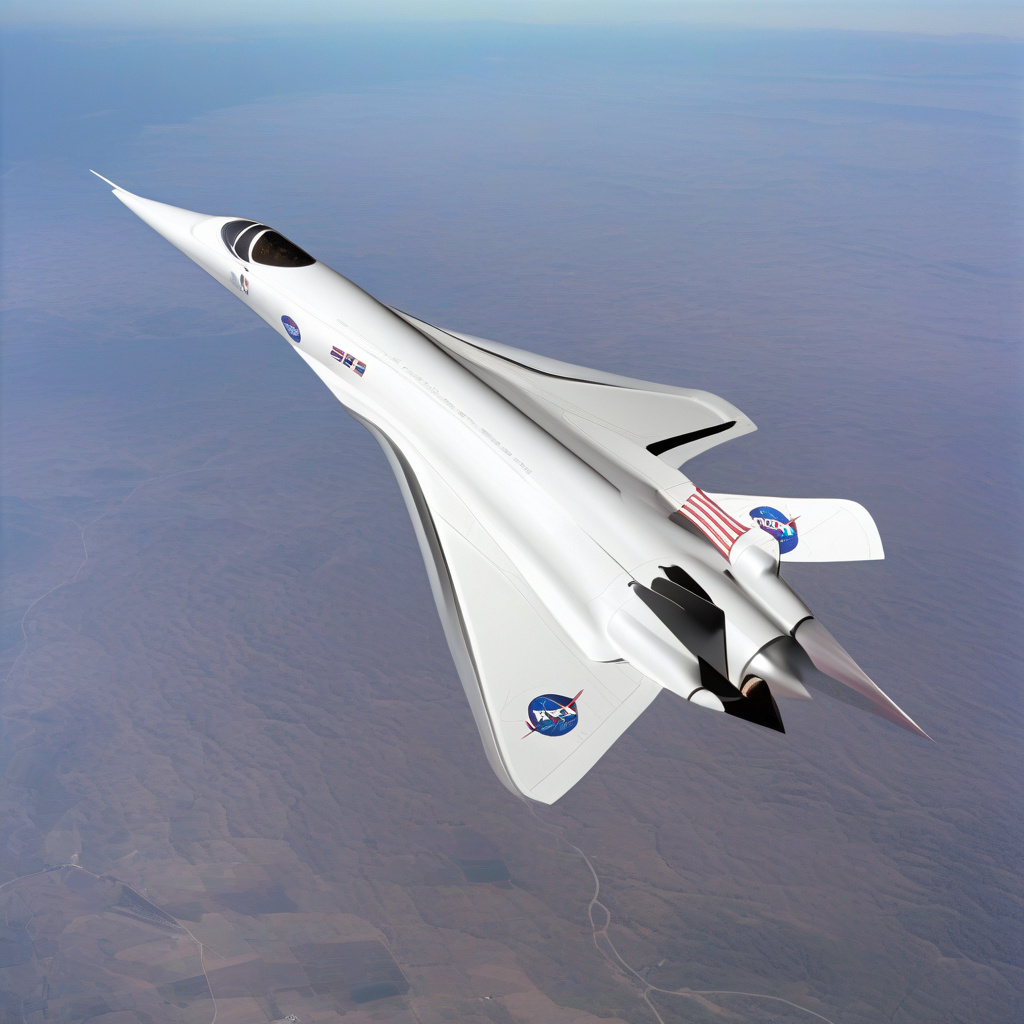Video: NASA Tests ‘Silent’ Supersonic Jet X-59 in a Successful First Flight
NASA’s experimental X-59 jet took to the skies over Southern California on Tuesday (October 28), marking a significant milestone in the quest for quieter supersonic travel. The X-59, also known as the QueSST (Quiet Supersonic Technology), aims to address one of the most significant challenges in supersonic flight – the sonic boom. By reducing the sonic boom to a soft thump, NASA hopes to pave the way for the revival of supersonic commercial travel, enabling faster and more efficient transportation across the globe.
The successful first flight of the X-59 is a testament to NASA’s relentless pursuit of innovation and excellence in aeronautics. The sleek, needle-nosed aircraft soared through the sky, showcasing its advanced design and cutting-edge technology. What sets the X-59 apart from traditional supersonic jets is its unique shape, specifically designed to minimize the shockwaves that generate the characteristic sonic boom.
During the test flight, NASA engineers monitored the X-59’s performance closely, collecting data to evaluate its aerodynamic characteristics and noise levels. The goal is to demonstrate that the X-59 can fly at supersonic speeds without generating disruptive sonic booms, which have been a major obstacle to the development of supersonic passenger planes in the past.
The X-59 project represents a crucial step forward in NASA’s ongoing efforts to push the boundaries of aeronautical engineering and create a more sustainable future for air travel. By reducing the environmental impact of supersonic flights and addressing noise pollution concerns, the X-59 has the potential to revolutionize the way we think about high-speed air transportation.
In addition to its groundbreaking technology, the X-59 also serves as a symbol of collaboration and partnership within the aerospace industry. NASA has worked closely with industry partners, including Lockheed Martin and GE Aviation, to bring the X-59 from concept to reality. This collaborative approach has allowed for the pooling of expertise and resources, accelerating the pace of innovation and ensuring the success of the project.
Looking ahead, NASA plans to conduct a series of additional test flights to further validate the X-59’s performance and gather more data on its acoustic profile. By refining the aircraft’s design and testing it under a variety of conditions, NASA aims to demonstrate the viability of low-boom supersonic technology and lay the groundwork for the development of future supersonic passenger aircraft.
As the X-59 continues its test flights and the promise of quiet supersonic travel edges closer to reality, the aerospace industry stands on the brink of a new era in aviation. With NASA leading the way, the dream of faster, more sustainable air travel is within reach, offering a glimpse of a future where speed and efficiency go hand in hand with environmental responsibility.
#NASA, #X59, #SupersonicJet, #Aeronautics, #Innovation












